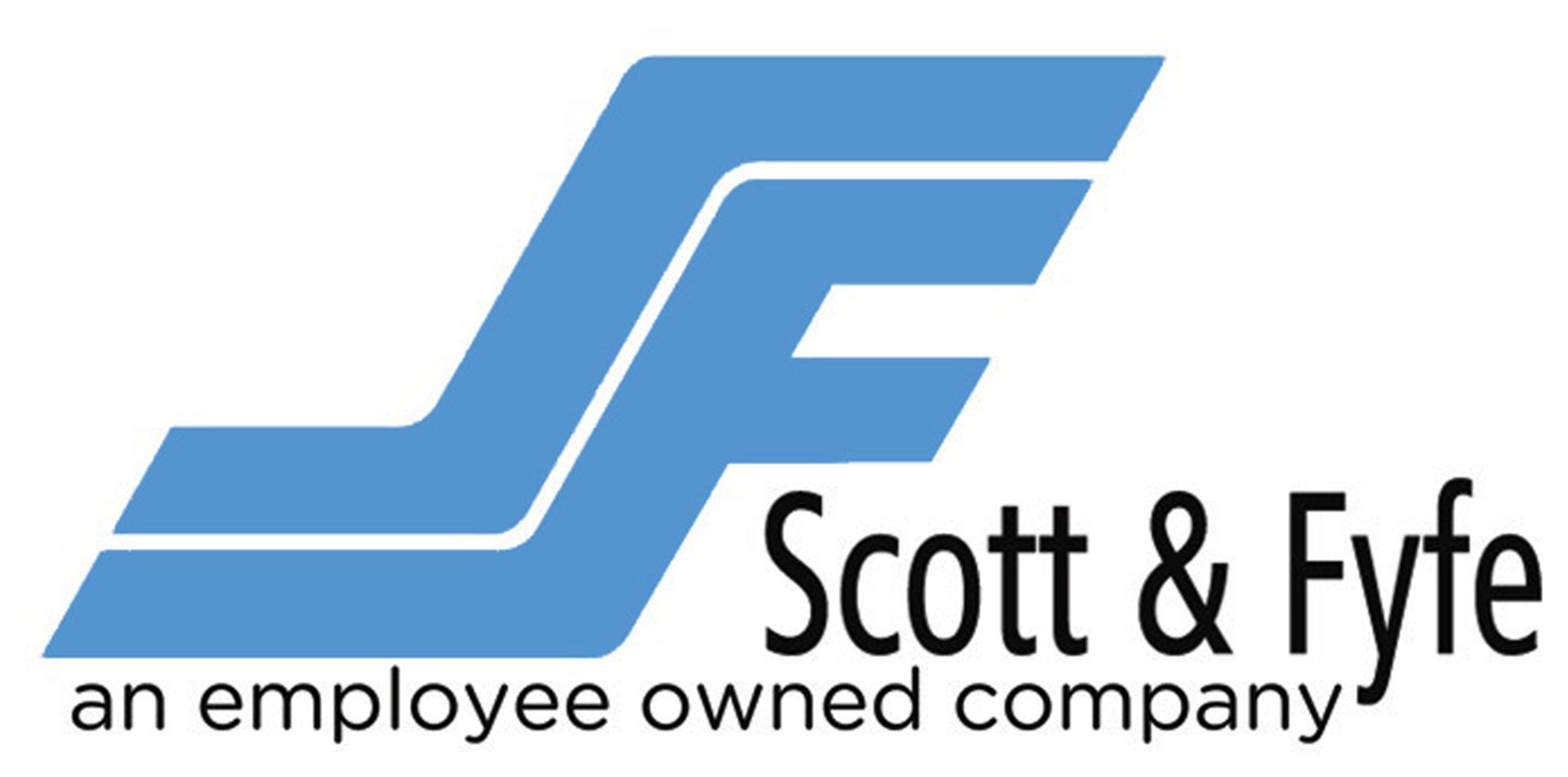Scott & Fyfe produce a range of technical textiles for the worldwide market and have been trading for 160 years in 2024.
Products range from Cure in place pipe repair, glass reinforcement fabrics, composite textiles for the abrasives industry as well as market leading agricultural irrigation pipe technical textiles.

Situation
From March 2023, the SME had started to introduce a number of energy saving measures to reduce their energy consumption, including:
• Upgrading of compressors which have a high energy demand
• Installation of a new control system to parts of their factory building
• Installation of LED lighting from September 2023
• Changes in shift patterns to reduce the number of hours certain equipment had to be run
• Employee education, i.e. to encourage closing of doors and switching off
• Implementation of Standard Operating Procedures (SOPs) to document best practice and encourage consistent processes
• Additional measures were also implemented to better control heating energy use (which were not measured by this project due to granular gas consumption data not being available for analysis)
Scott & Fyfe were interested in better understanding how the energy efficiency measures they had implemented had impacted on their energy consumption, energy cost and associated CO2 emissions.
Solution
Using the “Energy Analytics Data Template,” SMDH data scientists gathered data from the SME about shift patterns, electricity meters and time-of-use tariffs. Half-hourly electricity data was shared via the same method, ranging from 1 March 2022 to 31 January 2024.
Using the “Energy Insights” dashboard, the SME was able to see that 68% of their energy consumption was made up of “base consumption”, i.e. energy that is consumed by equipment that is always switched on.

The ability to compare energy usage patterns across a range of time periods, was particularly useful for Scott & Fyfe, to ascertain whether the energy efficiency measures, and behaviour changes they had implemented, had had the desired effect. The SMDH “Energy Impact” dashboard was designed with this goal in mind.

The Energy Analytics suite provided by SMDH also presents SMEs with further advice on other interventions they could consider reducing their energy consumption. In this instance, the dashboard highlighted to Scott & Fyfe how much lower their base energy consumption was during holiday periods. This resulted in them reviewing their SOPs further with their engineer, to ascertain whether further best practice could be identified from these periods.

Successes
Using the “Energy Impact” dashboard to compare the time periods from April 1, 2022, to January 31, 2023, to the same months of the subsequent year, the SME was able to measure a reduction in electricity consumption of over 1GWh (-37.4%). When converting these savings into equivalent CO2 emissions and considering that Scott & Fyfe are based in Scotland, where the percentage share of renewable electricity is particularly high and increasing, an even more impressive reduction in emissions could be achieved during the same period (-67.1%, or 109.7 tCO2e).

Scott & Fyfe were very impressed with the data visualisation and analysis capabilities of the SMDH Energy Analytics dashboards: their Operations Director Ross Melville commented that the dashboards were considerably more useful than some paid versions he had come across in the past.